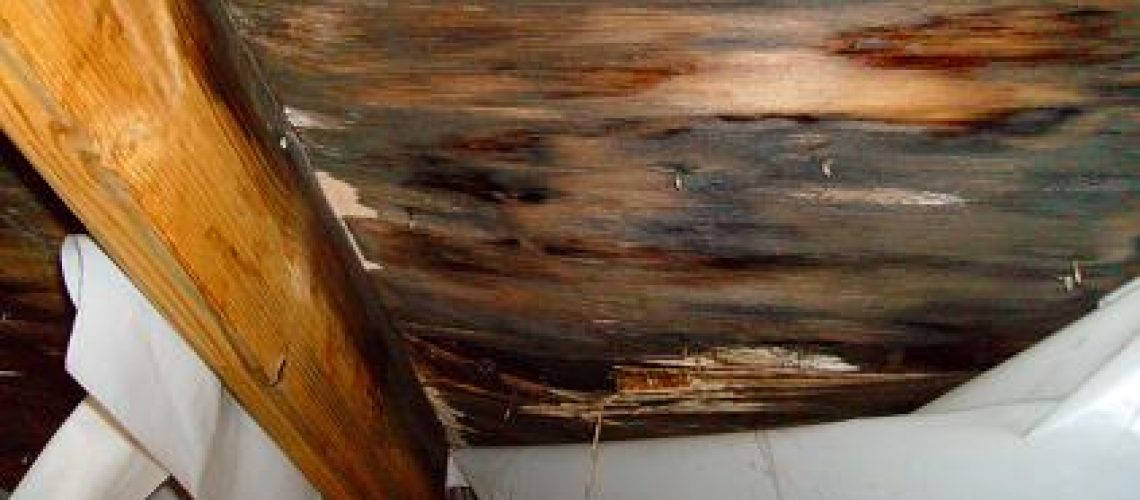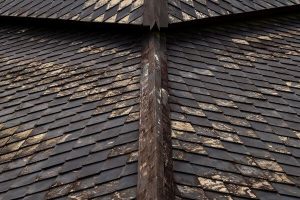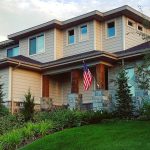One of the least exciting things that can happen to a homeowner is roof rot. It might not sound like much of an issue, because “out of sight, out of mind,” right? When this problem becomes evident by water spots on your ceiling or even plaster falling off, you know it’s past time to check in the attic for the cause.
What causes Roof Rot?
There are a lot of things that can ultimately lead to roof rot, but the three main causes are humidity due to temperature changes in the attic, moisture from the condensation caused by the temperature, and ventilation problems. You may be asking yourself, “What exactly is roof rot?” Roof rot, or dry rot as it is commonly known, is what happens when there is too much moisture in your attic. Another cause could be a water leak somewhere on your roof, allowing water to seep into your attic.
Whatever the cause, our technicians can find it and help you move forward with fixing the problem and helping to ensure that it won’t happen again.
How do you deal with Roof Rot?
It is possible to “repair” dry rot if the areas that are affected are not responsible for structural stability. If it is not a beam, joint or flooring, it might be worth looking into repairing instead of replacing. Before dealing with the damaged wood itself, make sure you find the cause of the problem. Whether it’s a leaking roof, poor ventilation, plumbing leaks or a damaged gutter, once it is fixed, you can focus on the wood.
 Should you Repair or Replace Roof Rot?
Should you Repair or Replace Roof Rot?
The repairing process starts with removing as much of the damaged wood as possible. The best tool to use is a wood chisel. Injecting a consolidant into the wood will help reinforce the affected wood that you might not be able to reach with the chisel. This will help the wood fibers bond with the undamaged wood, making them strong again. To finish the repair, apply a wood patching product, a putty-like material. Doing this yourself could be dangerous. Not removing all the affected wood could lead the rot to seep deeper into the rest of the wood. This will eventually be causing the same problem.
The replacement process is a little different. You will need to remove all the rotted wood, including three feet of the surrounding wood. Then remove the plaster, skirting paneling, linings, and ceilings to make sure you got all the fungus. Next, you must clean all the surfaces and steel pipes in a five-foot radius of the rotted parts. Next, you will need to apply a fungicide to all the surface area in that five-foot radius. Then you replace the wood you took out, preferably with one that has a preservative coating already on it. Lastly, you have to re-plaster and paint, typically with a zinc oxychloride product.
All of this is a very complicated, tiresome, and sometimes dangerous process that is best left to professionals, so you don’t have to stress and worry.
How can Roof Rot be prevented?
The best way to make sure that your roof is rot-free is to have regular inspections done. Having a professional come to check your attic will insure that if there are any signs of moisture, leaks or excess humidity, you will be able to take measures to rectify these problems. Another thing to do is to make sure that you have a proper roof ventilation system. Without a ventilation system in place, the moisture from the humidity has nowhere to go, thus sinking into the wood and causing this problem. You should also keep track of how your shingles are holding up. Make sure that there is no debris on your roof preventing water from running off the roof.


 Should you Repair or Replace Roof Rot?
Should you Repair or Replace Roof Rot?




